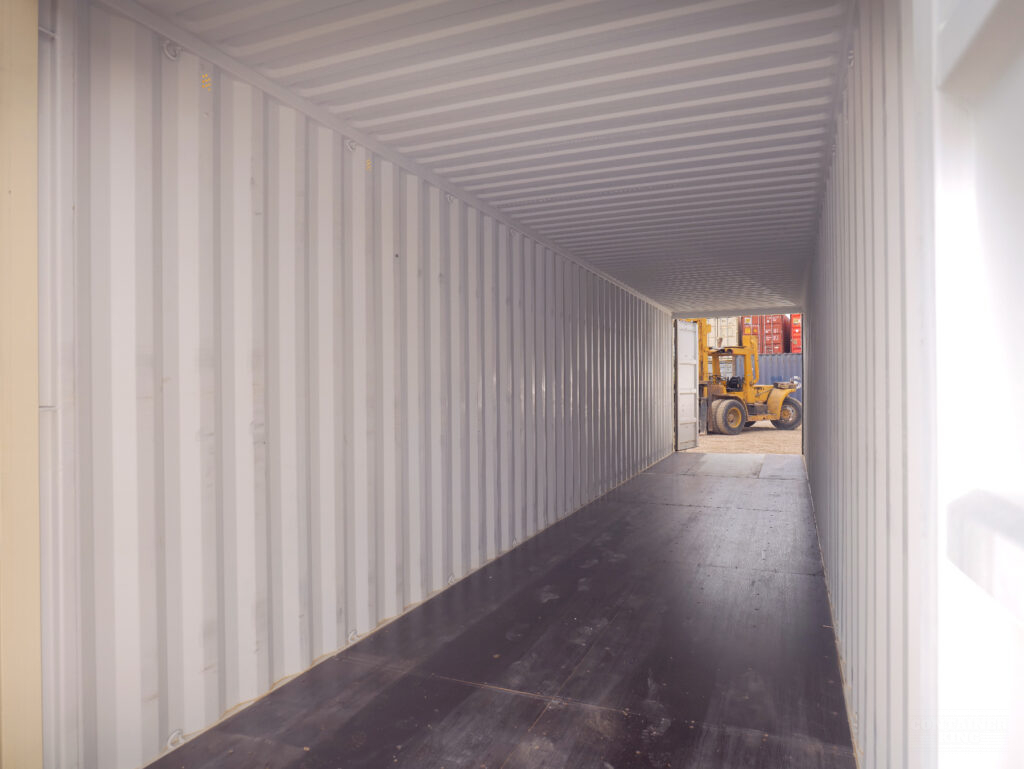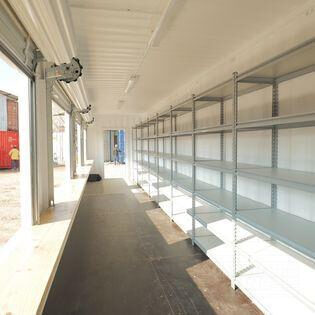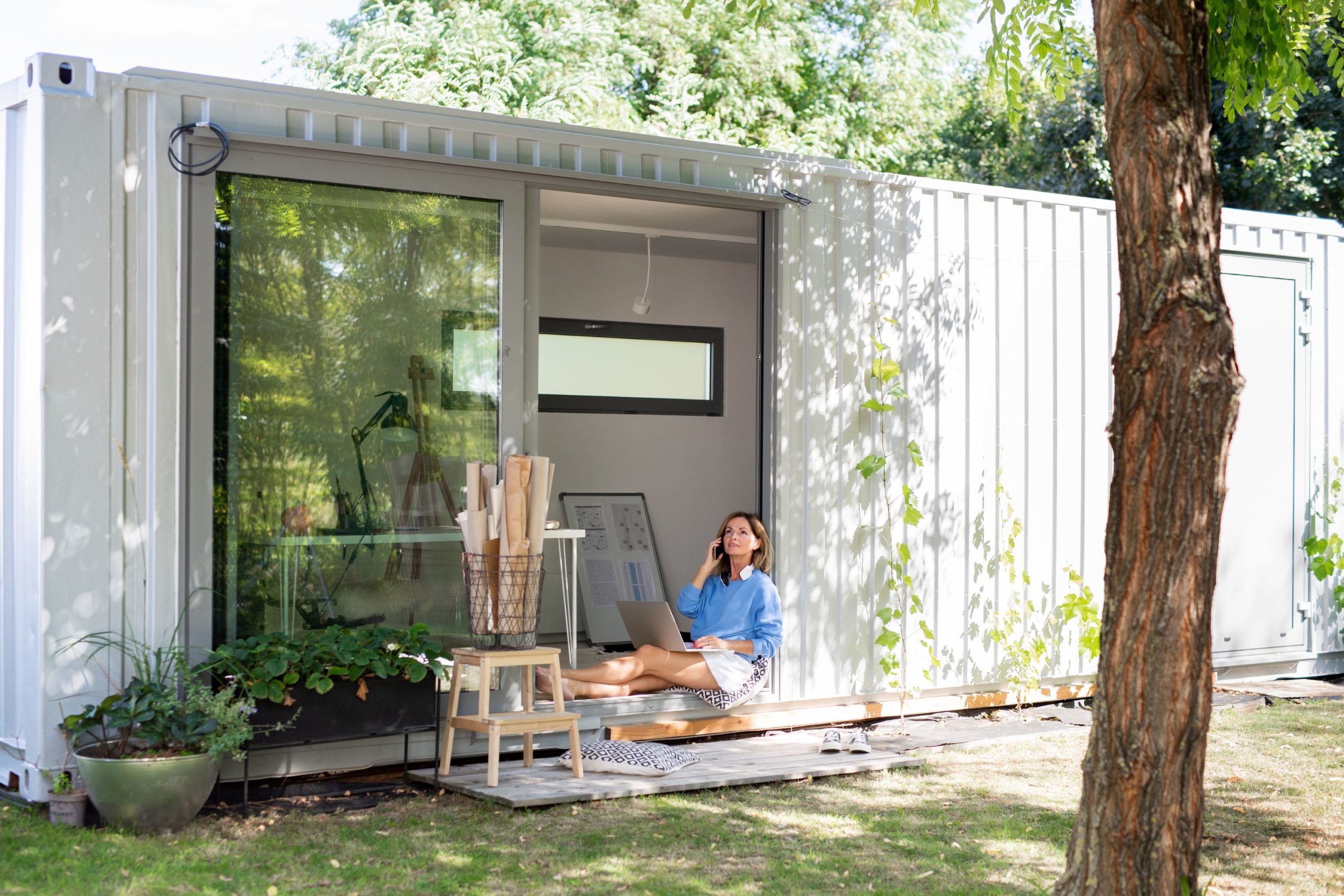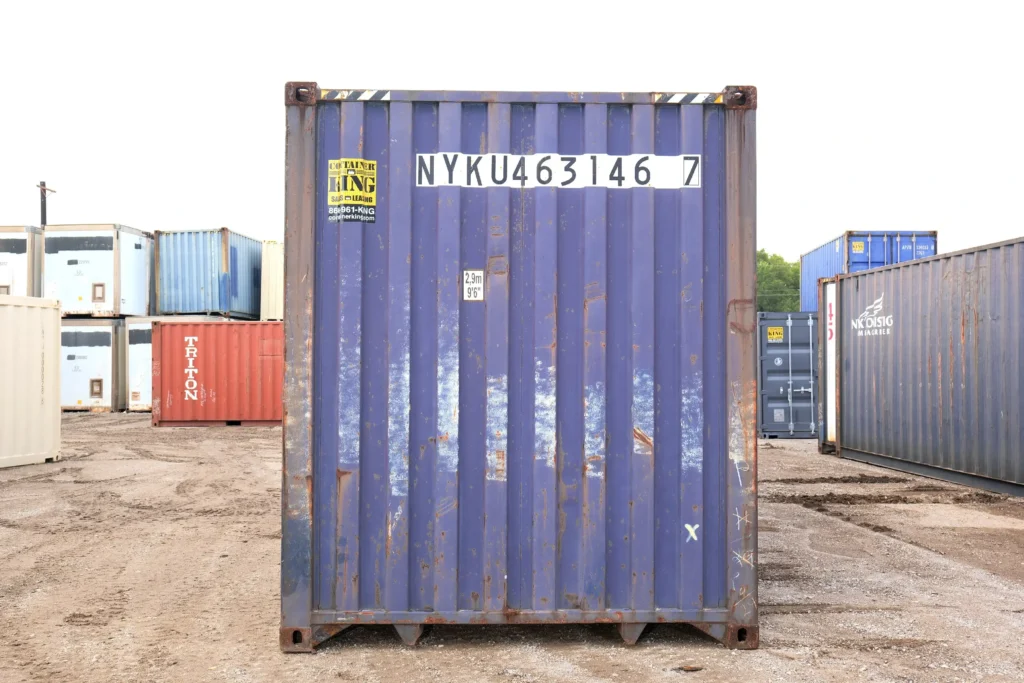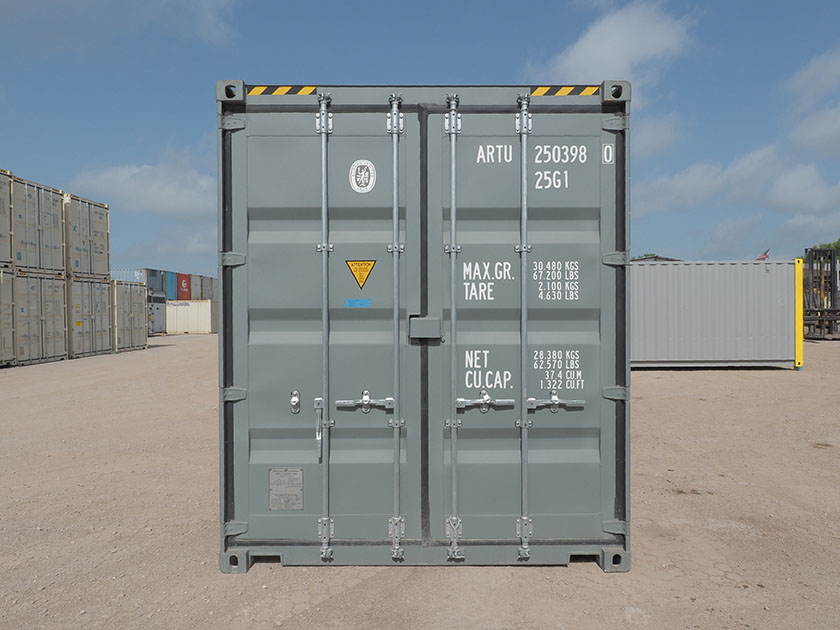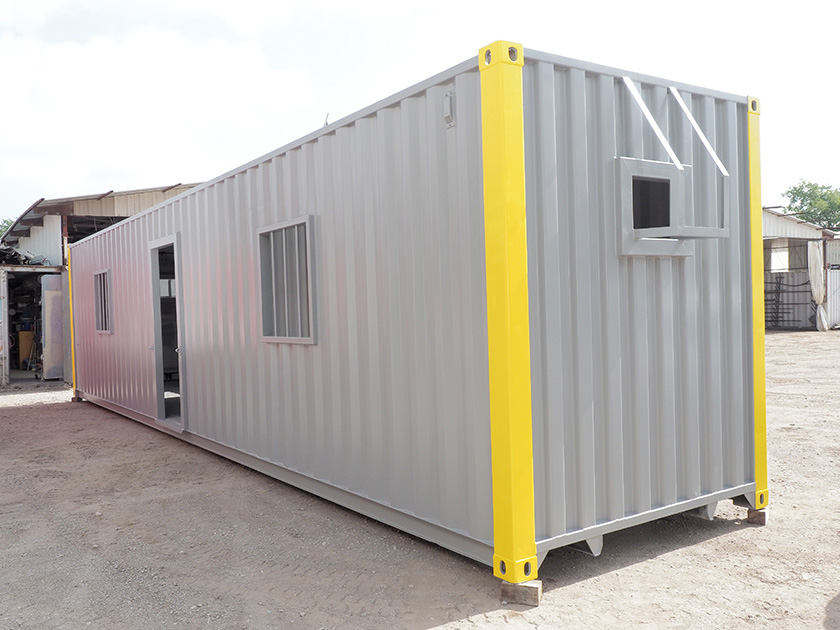The Evolution of Shipping Containers: Global Trade History
Look at any shipping yard or cargo port today, and you’ll see rows of metal boxes stacked like bricks. They’re not flashy or complex. But behind their simple design is one of the biggest turning points in the history of global commerce.
Shipping containers didn’t just improve logistics. They transformed how goods move around the planet. What used to take weeks now happens in days. What was once risky and expensive became routine and affordable.
This is the story of how those steel boxes reshaped trade, industry, and infrastructure.
Life Before Containers: Disorganized, Risky, and Costly
In the early days of global trade, cargo wasn’t protected by steel or secured with locks. Goods traveled in barrels, wooden crates, or burlap sacks. Ships had to be loaded piece by piece, a process that could take days or even weeks.
Problems were constant:
- Freight got damaged or went missing.
- Ships sat in port far too long.
- Labor costs were high.
- Theft was routine.
Without a better system, shipping remained expensive and unpredictable.
A Practical Solution from Outside the Industry
The breakthrough came not from within the shipping industry but from a North Carolina trucker named Malcolm McLean. He didn’t set out to change the world—he just wanted to move freight more efficiently.
McLean saw how much time and labor were wasted transferring cargo between trucks and ships. In 1956, he launched a refitted oil tanker called the Ideal X. Instead of loose cargo, it carried 58 metal boxes. Each container could be lifted directly from the truck onto the ship, untouched and sealed.
It worked. The cost to load and unload plummeted. Fewer dockworkers were needed. Goods arrived faster, safer, and cheaper. The idea of the standardized container had officially taken off.
Standard Sizes: The Key to Global Compatibility
After container shipping proved effective, the next step was making it universal. That meant every container had to fit on every truck, train, and ship—no matter the country.
The International Organization for Standardization (ISO) created a set of standard sizes in the 1960s:
With set dimensions, ports could invest in cranes and equipment designed specifically for these containers. Logistics networks around the world followed suit. Everything started to work together.
The Domino Effect: Why It Worked So Well
Standard containers brought a long list of benefits that went beyond just shipping.
- Speed: Containerized ports turned ships around in hours instead of days.
- Lower costs: Less labor was needed. Fewer items were lost or damaged. That translated into savings across the supply chain.
- Less theft: Once a container was sealed, it stayed closed until its final stop.
- Inventory control: Goods moved on predictable schedules, making it easier to plan inventory.
- Flexibility: Containers could travel by sea, rail, or road without being unpacked.
These changes didn’t just help big companies. They lowered the cost of moving goods for manufacturers, distributors, and small businesses, too. Global sourcing became realistic, even for products with tight margins.
How Ports and Cities Had to Adapt
Containerization didn’t just change how goods were moved—it changed where and how that movement happened.
Traditional ports that had supported breakbulk shipping weren’t ready for container ships. New docks had to be built. Cranes were needed to lift containers directly from ships to trucks or trains. Storage yards had to expand to hold hundreds or thousands of containers in transit.
Some ports invested and adapted quickly. Others did not.
- Winners: Singapore, Shanghai, Rotterdam, and Los Angeles became global trade hubs, handling millions of containers per year.
- Losers: Older ports that didn’t upgrade their facilities lost business and fell behind.
Inland cities also saw growth. With reliable container rail lines, places like Chicago, Dallas, and Kansas City became logistics hubs even though they were far from the coast.
Downsides and Disruptions
While containers made shipping faster and cheaper, they weren’t a win for everyone.
- Job loss: Ports once relied on large crews of longshoremen. Container terminals need fewer workers, and many port jobs disappeared.
- Security issues: Smugglers took advantage of sealed containers to hide weapons, drugs, or other contraband. New security systems had to be developed to scan and track containers without opening them.
- Environmental concerns: More shipping meant more emissions. Container vessels became a significant source of pollution, and many older ships still run on heavy, dirty fuel.
These side effects forced governments, ports, and companies to rethink safety and sustainability in maritime trade.
Reinventing the Box: New Container Uses and Features
The original steel container was built for general cargo, but over time, different versions emerged to serve more specific needs.
- Refrigerated containers (also called “reefers”) keep food and medicine cold over long distances.
- Open-top containers are used for oversized or awkward freight.
- Tank containers hold liquids like oil or chemicals.
- High-cube containers offer extra height for larger cargo.
There’s also a growing market for repurposed containers in construction and commercial use. People use them to build offices, shops, schools, and even homes. Their structural strength, low cost, and modular nature make them ideal for creative building projects.
Smart Containers and Modern Tech
In the past, once a container left the port, it was difficult to know where it was or what was happening inside. That’s no longer the case.
Modern containers are now equipped with:
- GPS tracking: See exactly where a shipment is in real time.
- Environmental sensors: Monitor temperature, humidity, or shock for sensitive goods.
- Automated alerts: Get notified if a container is opened unexpectedly or deviates from its route.
These upgrades help reduce theft, improve delivery accuracy, and ensure cargo is handled properly throughout its journey.
Looking Ahead: The Next Chapter in Container Shipping
The shipping container has come a long way since 1956, but there’s still more to come.
- Cleaner fuels like LNG and hydrogen are being tested to power large container ships more sustainably.
- Port automation continues to grow, with self-driving cranes, smart gates, and unmanned trucks.
- Blockchain and AI tools are being used to manage global logistics more efficiently, reducing delays and bottlenecks.
As trade continues to expand and evolve, the container remains a key part of the infrastructure that keeps it moving.
Thinking About Containers for Your Own Project?
Shipping containers aren’t just for companies with cargo. They’re used in all kinds of industries and creative projects—from temporary offices and storage solutions to pop-up shops and tiny homes.
If you’re considering a container for your business or property, we can help. We offer multiple sizes and provide custom modifications based on your needs. Browse our available options, take a look at recent builds, and request a quote to get started.


